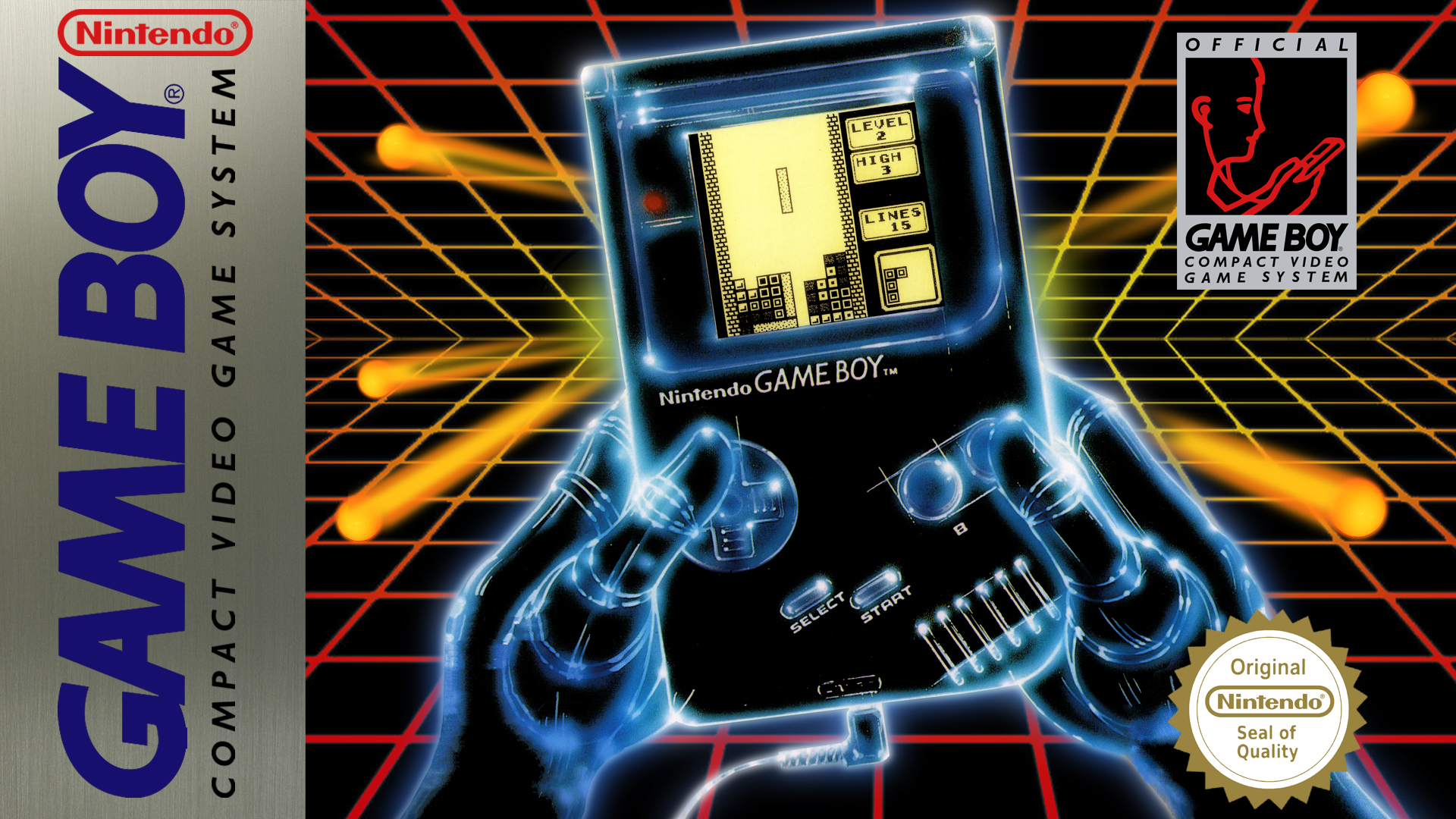When I was a child, my parents placed strict limits on my time with video games. They meant well, and their reasons were sound. Had I had my druthers, I'd have done nothing but play video games from sunup to sundown, and I had a worrisome tendency to fly into a violent rage against any game that consistently got the better of me. (They sold my NES when I was 7, and after a similar failure to control myself with a Genesis, they banned consoles in the house until I was 18.)
Also, they were salt-of-the-earth people who came of age in the early 80s in southern Oklahoma. Games then weren't what they were even by the time I was 10 or so. My mom liked Centipede, and my dad was a fan of Asteroids and Tempest. They were fun games, but that was all they were. They had premise but not plot, they never ended, and they consumed hard-earned money without satiation. Ultimately, that made them toys, and most people in that time and place, with lives of hard work ahead of them, didn't have time for toys. Additionally, they lived through the crash, and I was born right smack in the middle of it. If Atari had been a mere fad, what was going to make Nintendo and Sega any different? Best not to let the boy get wrapped up in something so transitory.
They acted sensibly based on experience. But who could have known then that as I was growing up, so too were video games growing up with me? that they weren't just going to fizzle out and be buried in a landfill all over again, but press on and grow into a multibillion-dollar industry with no chance of going anywhere anytime soon?
And so here we are now, at a point where authors of a certain stalwart spirit are finally taking it upon themselves to preserve the legacy of these games and consoles that have long been enjoyed but not taken terribly seriously as historical artifacts. From all over, retrospectives both academic (Nathan Altice's I Am Error) and impressionistic (the "33⅓ for video games" Boss Fight Books series) flow forth like sweet summer rain. On the former side, we have Jeremy Parish's Game Boy World 1989, chronicling the first year of the blockbuster handheld with the atypical lifespan. I have a sentimental streak a mile long for the old spinach-screened Game Boy; despite the aforementioned banishment, I was for some reason still allowed to own a Game Boy, and I became well-acquainted with it throughout the lean years.
If the writing doesn't convince you how much love went into this labor, then surely the photography will. Each cartridge is photographed (by Parish himself) along with its original box, instruction manual, and a few screenshots of in-game action. More than any amount of words, the photos evince the greatest depth of dedication to the project; Parish has left no stone unturned in the pursuit of comprehensive historical documentation. Long after you've finished reading the book, you'll find yourself wanting to go back just to look at some of those spreads.
Should the Game Boy World project continue—and so far, it is—finishing it will prove to be a daunting task; the year immediately following this one saw the number of Game Boy releases jump from 25 to 140, likely necessitating multiple volumes for 1990 and each year to come. If the books to come stay at the same level of quality, I'm in for as long as he can keep pumping them out. What Parish and a growing number of authors are doing is, I'd say, important, and the slick professionalism on display here gives me high hopes for future installments.
Buy Game Boy World 1989 on Amazon here. Yes, I blanched at the $22.50 price tag too, but it's absolutely worth every penny. Due to the niche nature of the project, Game Boy World is funded almost entirely by Patreon donations; you can check out it and other passion projects by Jeremy Parish as well as contribute here. Oh, and go read USGamer every day too. It's pretty great.


No comments:
Post a Comment